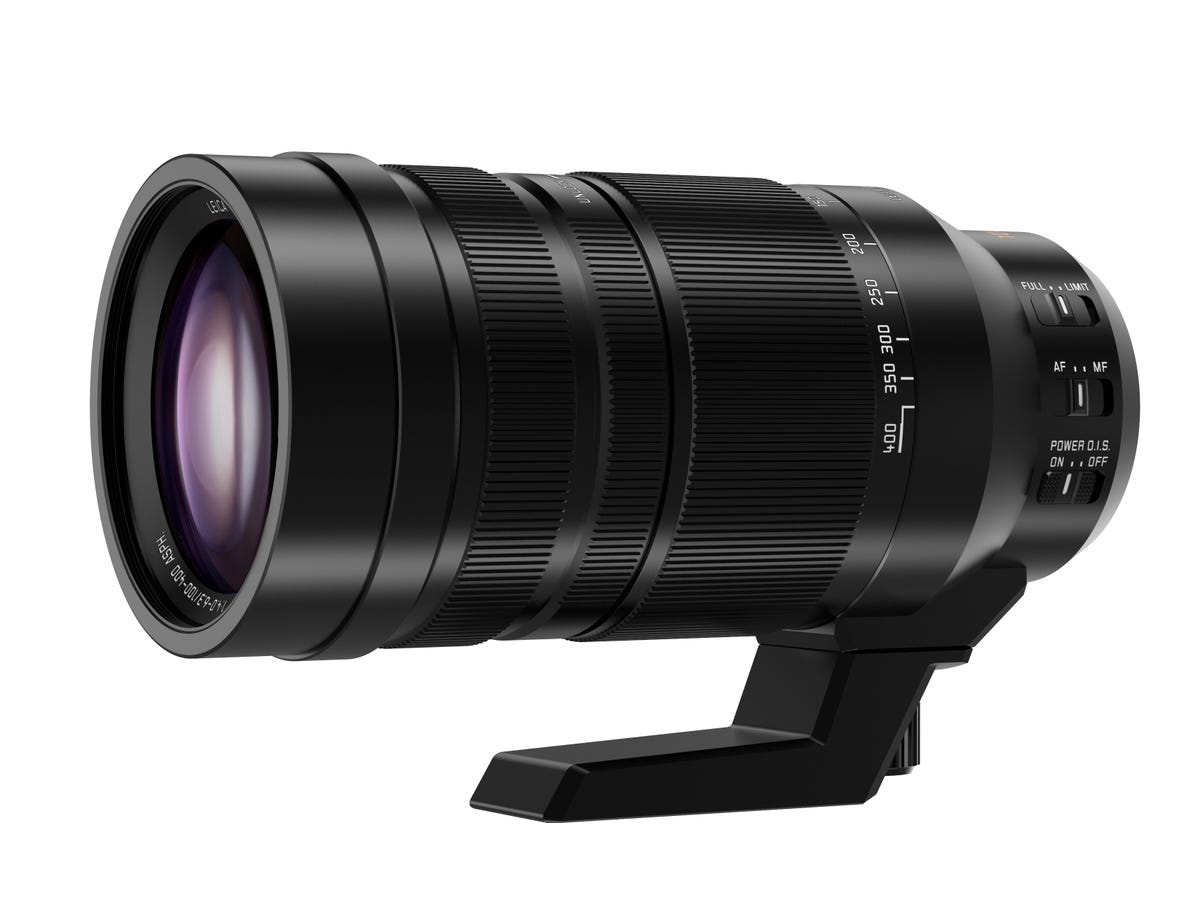
Panasonic
Lytro has been trying to convince the world that we want to be able to play with the focus areas in our photographs post-hoc, albeit using its elegant-to-a-point technology. Panasonic seems to have taken this crusade to heart, and disclosed that it’s working on what sounds like a less sexy-sounding but more practical brute-force approach to the problem.
Favorite lenses under $1,000 (pictures)






+13 more
The company seems to be combining its fast sensor readout (240fps for the latest sensor), its Depth-from-Defocus autofocus system (the DFD system calculates distance-to-subject by comparing two images with different characteristics in its out-of-focus areas), and its 4K burst mode at 30 frames per second with up to 50 different focus areas to create a focused-everywhere photo. After that, you’ll tap the subject you like and the camera would apply the appropriate and accurate blur based on its database of lens-focus data.
Panasonic has dubbed this feature “Post Focus” and plans to offer firmware upgrades to the cameras announced at the same time, the Lumix GX8 and FZ300 , as well as future cameras.
On a more mundane front, Panasonic also announced a couple of lenses in development. Its current 25mm f1.4 lens dates back to 2011, long before its current autofocus technologies. The company has announced that it’s working to bring a 25mm standard prime — it’s the equivalent of 50mm — up to speed for compatibility with its current DFD autofocus system. It’s slated to be a slightly slower f1.7 version, I guess to compete on price with Olympus’ excellent-but-inexpensive 25mm f1.8. (There tends to be a big price gap between f1.8 and f1.4 lenses.)
The other lens to watch for is a 100-400mm f4-6.3 (200-800mm equiv), which will supplement the current 100-300mm f4-5.6 (200-600mm equivalent) and make it the longest focal length in Panasonic’s Micro Four Thirds lens lineup — in fact, the longest Micro Four Thirds lens, period. It’s slated to be dust- and splashproof and will incorporate optical stabilization (and, I suspect, the Dual I.S. introduced in the Lumix GX8 ).
As is typical with development announcements, no actual product information is available yet.




